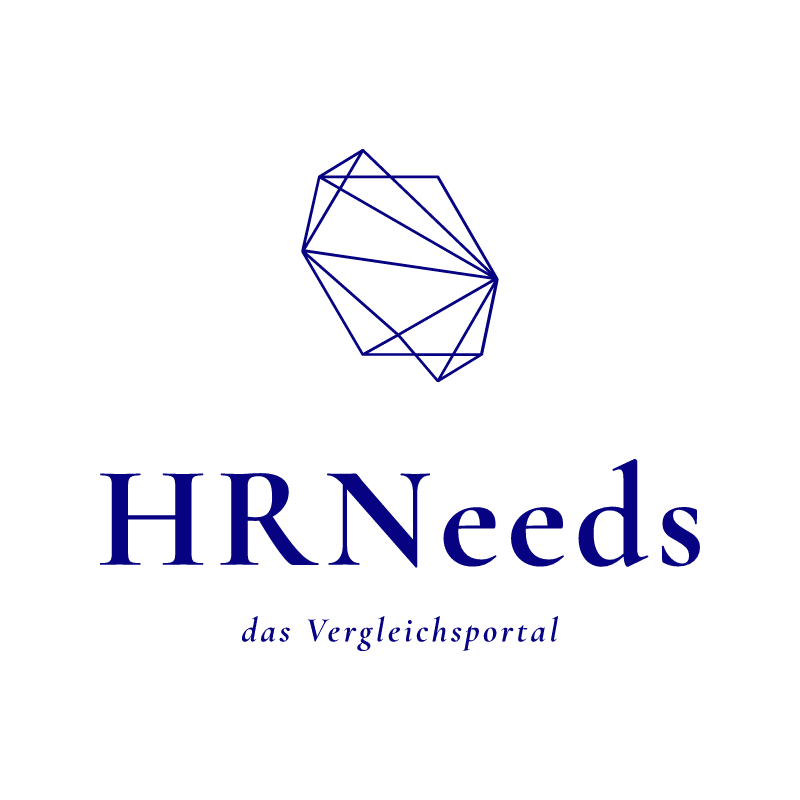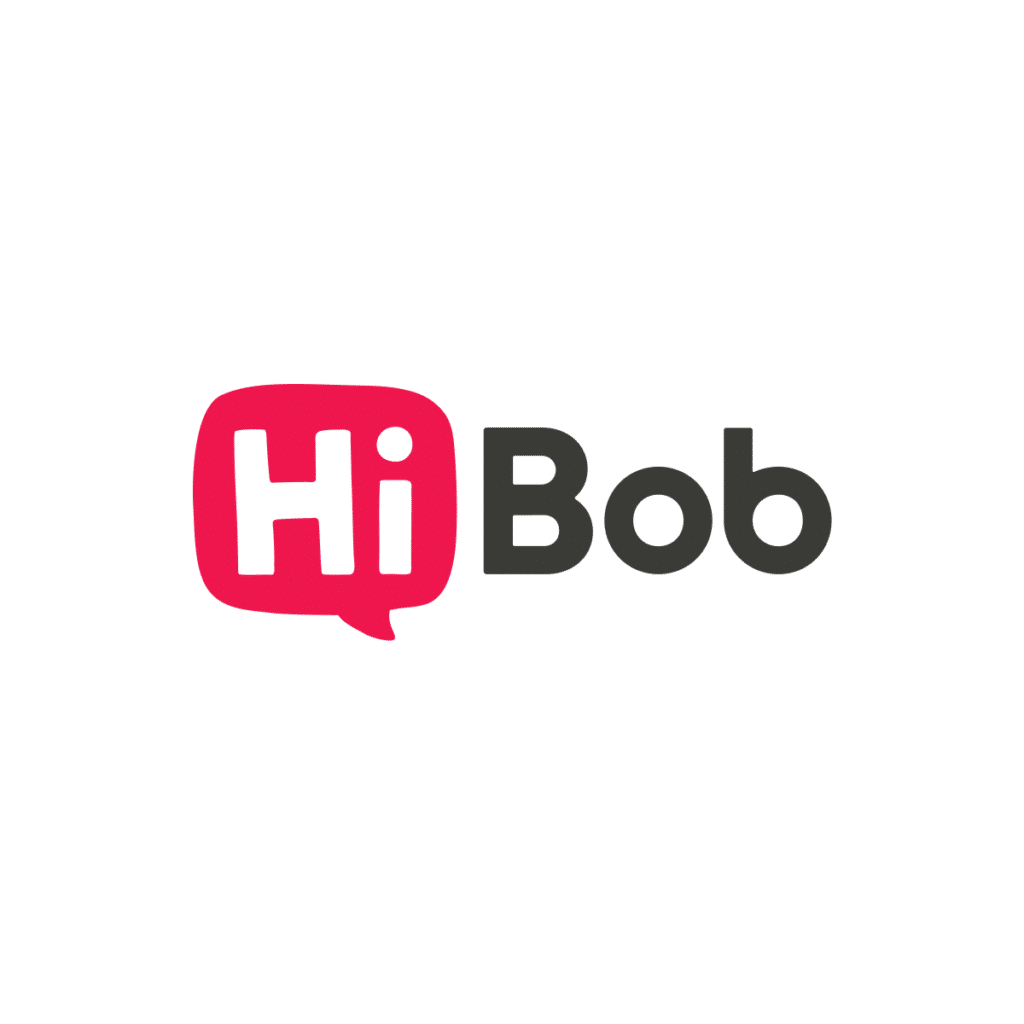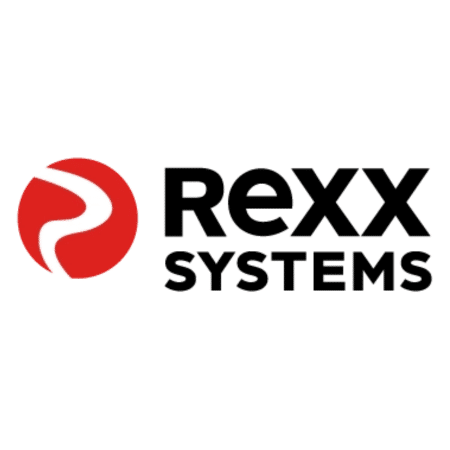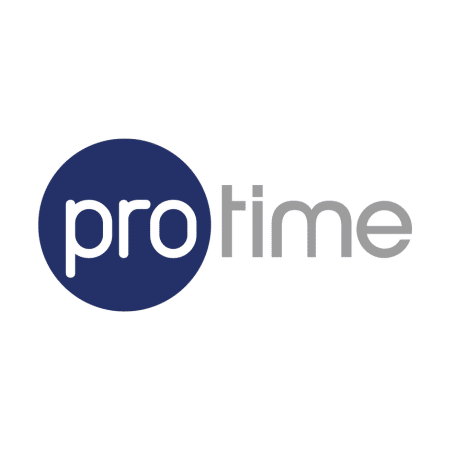Time Management & Staff Scheduling Software compared!
HRNeeds, the comparison portal.
time management software
Efficient and accurate time recording software plays a central role in optimizing work processes in companies. Digital solutions make time recording easier for you, reduce the administrative workload and also promote both transparency and employee satisfaction. Find out more ↓HERE.
Compare for free & without obligation
to the right software solution from the expert
The perfect solution for your time management: Compare software
Time management is an important factor for every company. In order to optimize processes, reduce costs and increase employee satisfaction, efficient and tailor-made software is required. This is where time data software comes into play, facilitating and automating the recording and analysis of working time data. But which software is right for your company? A comparison is worthwhile. At HRNeeds you can make this comparison and find the perfect time recording software for your company.
What is time recording and why is it important?
The management of duty and working time organization – working time management – is a complex field for human resources. The working hours of employees should be recorded and evaluated using an appropriate time recording system. This includes not only attendance, but also absences.
For HR departments, this recording involves a great deal of administrative work. This can be significantly reduced with digital solutions. Especially if a company opts for a web-based cloud solution. This is because the independent maintenance and servicing of the systems is then no longer necessary. The software providers install updates to their systems on their own initiative, keep them up to date, ensure compliance with data protection regulations and are responsible for ensuring that their products are easily accessible and up-to-date. Such solutions are also accessible from anywhere and at any time (24/7).
Digital time management systems also bring further advantages and simplifications for HR. Namely, when time recording is connected to payroll accounting via interfaces.
An efficient time management system that reflects the company’s workflows and processes is also an additional and efficient tool for department heads, who can use it to plan their personnel deployment, among other things. They quickly obtain an overview of the staff present and can assign them to projects or teams, for example, depending on their focus. And this is also possible with their mobile devices.
What is the status of working time recording in Germany?
An evaluation of the BAuA working time survey, published by the Federal Institute for Occupational Safety and Health (BAuA) as baua: Fokus “Arbeitszeiterfassung und Flexibilität – Ergebnisse der BAuA-Arbeitszeitbefragung 2019”, comes to the following conclusion: The majority of employees in Germany record their working hours. However, the type and proportion of time recorded varies according to factors such as gender, age, sector or activity.
The study also found that Employees whose working hours are recorded are significantly less likely to report time constraints. They also have greater time flexibility.
And, according to the BAuA, working time is an important key factor for the physical and mental health of employees. In its ruling in May 2019, the European Court of Justice called on member states to oblige employers to set up an “objective, reliable and accessible system for recording working time”. The discussion surrounding the ruling is caught between the conflicting priorities of time flexibility and the dissolution of working time boundaries.
The recording of working hours
There are various solutions available to companies for recording working hours, attendance and absences.
The most common are:
- the time card or time clock,
- a stationary system such as a terminal,
- the handwritten time sheet,
- entering the hours in a file defined for this purpose – including the arrival time and departure time,
- entering the times in an internal system,
- logging in and out via an app or web browser, which requires a login to the relevant system, but also creates security, for example with regard to the GDPR
Working time recording and working time models
A suitable time recording system maps all working time models relevant to your company and is flexible and adaptable. Regardless of whether your working time model is home office or teleworking, flexitime or shift work, part-time or lifetime working time or annual working time – modern time recording software can map all variants. Or several at the same time.
Digitalization makes working time management even more flexible, as employees are even less tied to one location or office. They can book their hours worked from anywhere and with little effort.
And the recorded working hours end up in the dashboards of the designated persons in a structured manner. For supervisors, project management or the HR department – depending on how the roles have been assigned. Automatically generated overviews, reports and evaluations of all or individual absences, vacation days and hours worked are possible at the touch of a button.
Employee self-services and time recording
Employee Self Services are web-based applications that employees can use to view or create their own data. They can also start the approval process. This includes vacation requests, for example.
Or employees can report sick via the corresponding service and send the doctor’s certificate of incapacity for work to their line manager or HR department as soon as they receive it.
They can use Employee Self Services to see how much leave they are still entitled to, where and in which project they are working and which shift they have been assigned to. This creates transparency and efficient workflows – both in administration and for all employees.
As the processes can be set in motion clearly and easily via Employee Self Services and employees have access to the system from anywhere, this ultimately also leads to increased employee satisfaction and loyalty.
The advantages of digitalized time management
Time recording software offers numerous advantages for companies and employees. Here are some of the most important:
1. Increased efficiency: by automatically recording working hours, companies can save time and administrative resources. Manual time recording is often time-consuming and error-prone, but with software, working hours can be recorded quickly and accurately and processes can be standardized. The approval of applications can also be completed quickly. With holistic digitalization in the HR area, interfaces can be used for intermodular data transfer – e.g. in relation to payroll accounting.
2. Improved project management: With time tracking software, companies can track working hours and the progress of their projects in real time. Managers can also use automatic monitoring and reporting to optimize workload and increase productivity. In this way, capacities can be quickly determined and utilized.
3. Transparency: Time recording software ensures greater transparency with regard to working hours. Employees can view and check their working hours, while employers can use their employees’ times to check and manage them. Vacations can also be recorded and managed quickly.
4. Legal certainty and labor law compliance: Companies usually have to comply with labor law regulations, such as recording working hours. Time recording software helps to meet these requirements and avoid potential conflicts.
5. Employee satisfaction: employees can record and monitor their working hours more easily. This can also ensure a better work-life balance. Overtime is also better managed and accounted for with time recording software. This can lead to higher employee satisfaction and motivation.
Get your customized & free HR software recommendation!
Do you have any questions about the software solutions?
We are happy to advise you, free of charge and without obligation! Our expertise will effectively save you time in your search for the right tools for your HR processes. Our competent HR consultants are in constant contact with HR software manufacturers and are therefore always informed about current trends and innovations.- Customized recommendations for your individual requirements
- Average time saving of 4-6 weeks
- Tips for the selection
- Over 90 solutions compared
Criteria in the selection process for a time management solution
When selecting suitable time recording software, companies should consider the following factors:
- Company requirements: Which functions are important for the company? Should the software be mobile? Are there special requirements for integration with other systems?
- User-friendliness: Good time tracking software should be easy to use so that employees and managers can work with it quickly.
- Reporting and analysis: The software should provide meaningful reports and analyses in order to better manage and optimize working hours and projects.
- Support and training: It is important that software providers offer good support and training opportunities to get help quickly with questions and problems.
Compare the time management systems
The right choice of time and attendance software can bring many benefits for a company. With so many time tracking software providers on the market, the challenge is usually to find the best one for the individual. It is therefore important to compare the various options and select the one that meets the company’s needs with its functions. HRNeeds is the perfect partner for you at this point.
- The provider’s data center should be in the European Union
- The selection of a time management solution should be based on the customer’s individual requirements, which is why a catalog of requirements is essential as a decision-making aid
- Interfaces must be clarified
- The choice of time management solution must be made in close coordination with the access control system to ensure compatibility
- Cloud versus on-premise
Example from practice
Time management, working hours and time recording
All working models can be displayed via the systems and make the times transparent
Interview with Stefan Claßen, Senior Sales Manager at SD Worx GmbH, a leading European provider of digital HR solutions:
Mr. Claßen, what are the advantages of a cloud solution, i.e. web-based time recording, and what opportunities does it open up for companies?
Above all, a cloud solution for time management offers flexibility compared to a fixed “on-premise” installation at the customer’s premises. Primarily in terms of software updates. An on-premise installation always means that a consultant has to visit the customer. Or that a consultant sets up and configures the updates online at the customer’s premises. This effort is necessary because time models and workflows have been programmed into the software and are therefore difficult for the customer to change. This means costs for the customer, which can become more complex and therefore more expensive with every update they skip.
With a cloud-based solution, the system is always at the same level for all customers. This means that everyone always works on the same software release. For example, we currently update our time management solution every third Thursday of the month by installing new features or making any corrections to the software that may have been made. All customers then work directly with these updates and are up to date. These updates are already included in the monthly costs.
Another advantage of web-based time recording is that I can offer an employee self-service, which is also in the cloud. This means that all employees can access the system from anywhere in the world with internet access – regardless of whether they are sitting at a work computer or using their private smartphone: Everyone can access their time accounts and, if necessary, start workflows and request absences or shift changes.
Many companies already have hardware for time recording. What happens to that?
In our opinion, companies have three options. In the first option, I “clock in” my times at a fixed terminal by holding my chip or key fob in front of it and thereby completing a clock-in or clock-out booking. Secondly, you can work with preset clock-in times. This can, for example, affect all those who do not have to actively participate in the time management system – executive employees and non-tariff employees, or AT employees for short, for example. However, they are still connected to absence management, workflows for vacation approval or sick leave, etc. The third option is to make everything (additionally) mobile via a web call – for us, this is not an app. Everything is in the cloud and nothing is installed on end devices. There is the option of doing everything online. I can use a button to “book” my coming and going, take a break or, for example, change a cost center, etc.
One more question about employee self-services: What can be regulated or initiated by the employees themselves?
Employees can view their accounts via the employee self-service portal – they can see how many vacation days are already planned or still available, what the status of the workflows is, which ones have been approved or who is currently processing the applications. And, of course, absences/attendances can also be entered there, for example sick notes or home office. The certificate of incapacity for work, the “yellow slip”, can also be uploaded there directly and is thus immediately available to the HR department. The line manager and, if applicable, the planner are also immediately informed that the employee has called in sick and how long they will be absent.
Time recording is not just about coming and going, vacation and sick leave. The topic is extremely complex. Can digital solutions also be used to map shift work, for example?
Yes, it’s all possible. And employees can even see which shifts they have in the Employee Self-Service Portal calendar. It is also possible to enter specific working times there. This is necessary for alternating shifts. All variants can be displayed via the systems and make the times transparent. With the additional “cost center” module, employees can even see at which work locations or in which projects they are scheduled.
The same probably also applies to flexible working time models and different collective agreements – all of this can also be mapped using digital solutions?
Exactly. Think about the hybrid working time models from the last two years of the pandemic. On the one hand, we can use the cloud solution to see who is working from home or in the office. This allows us to see who has clocked in and is therefore available.
Can the time management solution also be linked to payroll accounting, are there corresponding interfaces between the systems?
Of course. Our time management software is independent of payroll accounting. It doesn’t matter to us which system our customers want to use for payroll accounting. Of course, we have interfaces to our in-house payroll systems, but we also have interfaces to third-party systems that are not part of the SD Worx portfolio. Basically, it’s just a matter of exchanging data between two different databases.
Apart from the functionalities: What else is important in a time management system?
The system must not be too overloaded for the individual employees and the solution must be easy to use – even on a smartphone. It must be informative for managers, as they need to know how their team is set up. Various dashboards are available for this purpose. They can process applications from anywhere. For the HR department, it has to be a consistent tool so that the workload is reduced: responsibility is transferred to the employees and their line managers.
The HR department can create its own evaluations from all the processes, as a complete reporting system is integrated into the system. This allows errors to be evaluated ad hoc or information to be made available to specific users manually or automatically.
Do you have an example of reporting?
Yes, for example, you also have the option of posting to cost centers, such as activities or departments. Or to work locations, customers or services. All of this is possible via the employee self-service portal and of course creates transparency.
So staff scheduling is also possible via your time management system?
Exactly. An additional module can be used to plan employees with certain qualifications for orders or jobs.
Simple planning is also possible in our time management system. It is possible to create groups with different functions, for example for first aiders, works council members or team leaders etc. Or office-controlled in individual areas. The latter is interesting for open-plan offices, for example, where it is necessary to determine how many employees may be in the office at the same time. Employees can thus be grouped according to groups or shifts.
Can the time management system also be linked to an access control system?
We have integrated access control into our “ProTime” product, but it only works with our end devices. We cannot use third-party hardware, only hardware that has been specially developed for us. We can monitor this hardware. The hardware can be purchased or rented. With hardware rental, for example, an outdated device is replaced with a modern one free of charge.
How is the issue of data protection addressed in your solutions?
Data protection plays a crucial role in our solutions. We are committed to the GDPR. This means that our data centers and all communication between end devices are encrypted and data is transmitted in encrypted form via secure connections. Of course, we are also continuously monitored accordingly. All data relating to our solutions is stored in data centers in Antwerp, Belgium.
The systems are geared towards flexible working time models. But how flexible are the systems themselves?
Our systems are structured in modules. This means that the customer can decide for themselves which modules they want.
And what are the costs associated with such a system?
Depending on the modules selected, customers pay us a monthly fee. The employee self-service module for employees and line managers is included in the price.
And how can you imagine the implementation of such a system?
This varies from customer to customer and can be customized. For some, it is enough if the system is set up. Others, usually with very complex requirements due to the time models or any number of shift models, want a support and test phase in which there is parallel operation with an existing system. Or to compare the manual system with the new digital system. The advantage with us is that our customers set up their system themselves together with our consultants. This has the advantage that our customers can independently maintain their system (absences, time models, shift models, workflows, etc.) and thus adapt changes themselves. 95 percent of everything can be managed by the company itself. This also creates flexibility and saves a lot of time and money.





